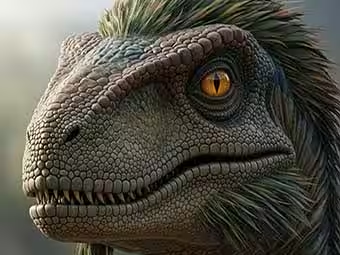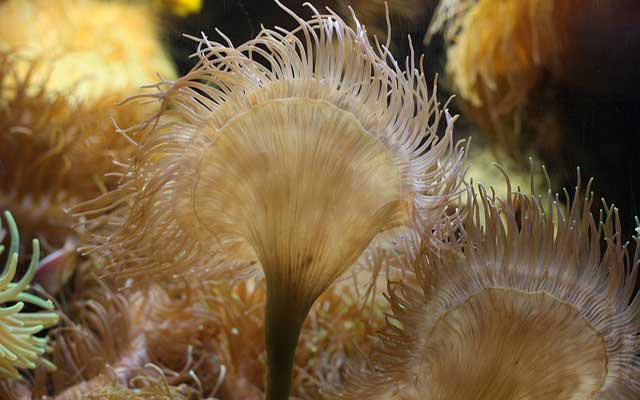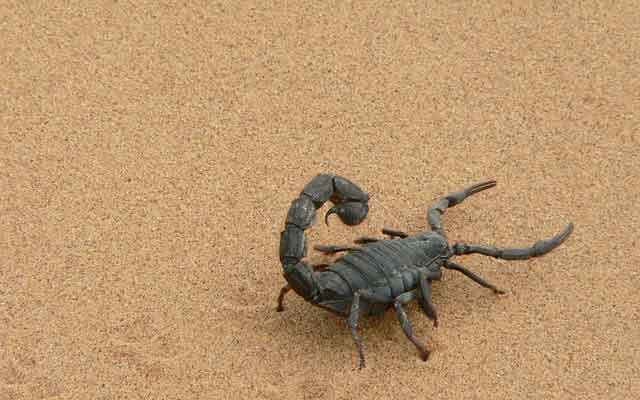Velociraptor Characteristicsm Habitat, Extinction: What You Didn't Know
Velociraptor: The Carnivore of the Cretaceous Period
Reading time : 1 minute,
Discovery Chepe Id-798-ECO
Published in
08-28-2025

With a piercing gaze and claws ready for action, the Velociraptor reveals itself as the agile and cunning predator that dominated prehistoric landscapes. A fascinating glimpse into the ferocity of the Cretaceous period.
The Velociraptor is one of the most famous dinosaurs due to its agility, hunting skills and its role in popular culture. However, science has shown that it was smaller than usually portrayed, with unique features that made it a remarkable predator.
Characteristics: The velociraptor was about 2 meters long, 0.5 meters tall at the hip, and weighed between 15 and 20 kilograms. It had a long skull, sharp teeth and a sickle-shaped claw on the second toe of each foot, used for hunting. Research indicates it had feathers, linking it closely to modern birds.
Habitat: It lived around 75 million years ago during the Late Cretaceous. Fossils have been discovered in Central Asia, especially Mongolia. It inhabited arid, desert-like environments that required adaptability and endurance.

Velociraptor Diet and Behavior: An Expert Hunter
Reproduction: Scientists believe velociraptors laid eggs in communal nests. Fossil evidence suggests they might have incubated or actively guarded their eggs, similar to birds today.
Diet: This predator hunted small reptiles, early mammals and possibly even larger dinosaurs when hunting in groups. Its curved claw was used to pin down and tear prey.
Extinction: Like other non-avian dinosaurs, it vanished 66 million years ago after an asteroid struck what is now Mexico's Yucatan Peninsula, triggering severe climate changes that disrupted ecosystems.
Fossil discoveries and scientific insights: The first velociraptor fossil was found in 1923 in the Gobi Desert. Later discoveries have revealed more about its anatomy and behavior. One iconic fossil shows a velociraptor locked in combat with a protoceratops, a dramatic scene frozen in time. For further reading, visit Live Science.
The velociraptor represents both the power of Cretaceous predators and the evolutionary link between dinosaurs and modern birds.
See Also
Discovery Chepe
Most read...















